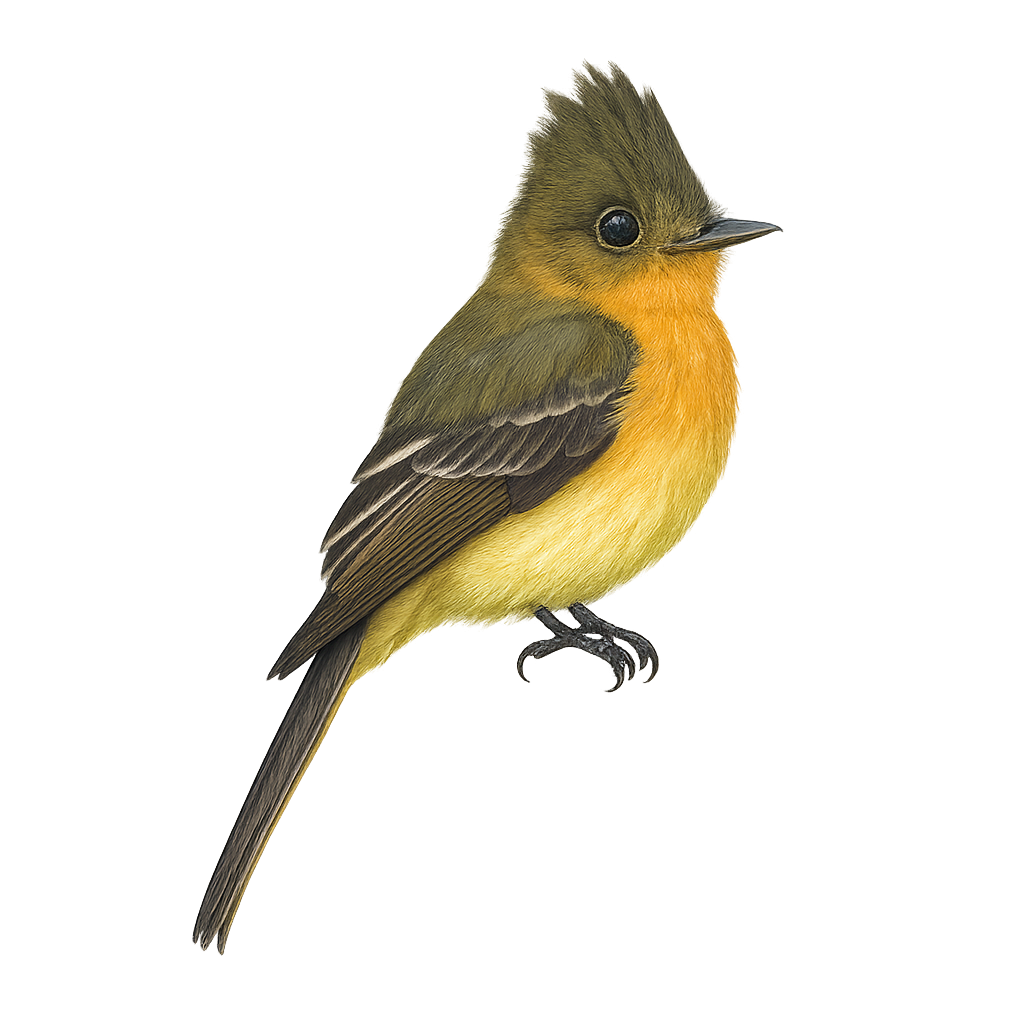Your wildlife photography guide.
Explore the northern tufted flycatcher in detail, study its behavior, prepare your shots.
Where to observe and photograph the northern tufted flycatcher in the wild
Learn where and when to spot the northern tufted flycatcher in the wild, how to identify the species based on distinctive features, and what natural environments it inhabits. The WildlifePhotographer app offers tailored photography tips that reflect the northern tufted flycatcher’s behavior, helping you capture better wildlife images. Explore the full species profile for key information including description, habitat, active periods, and approach techniques.
Northern Tufted Flycatcher
Scientific name: Mitrephanes phaeocercus

IUCN Status: Least Concern
Family: TYRANNIDAE
Group: Birds
Sensitivity to human approach: Suspicious
Minimum approach distance: 10 m
Courtship display: April to June
Incubation: 16-18 jours
Hatchings: April to July
Habitat:
Mountain forests, humid forests, dense wooded areas
Activity period :
Primarily active during the day, with peak activity in the morning and late afternoon.
Identification and description:
The Northern Tufted Flycatcher, Mitrephanes phaeocercus, is a small bird primarily found in the mountainous forests of Central and South America. It is distinguished by its brown tail and plumage in shades of gray and brown. This bird is often seen catching insects in flight, thanks to its agile and quick movements. It is also known for its melodious song, which echoes in the forests where it resides. Although it is relatively not very shy, it prefers dense habitats where it can hide from predators. Its presence is an indicator of the health of forest ecosystems.
Recommended lens:
400mm – adjust based on distance, desired framing (portrait or habitat), and approach conditions.
Photography tips:
To photograph the Northern Tufted Flycatcher, it is advisable to use a 400mm or longer telephoto lens to capture detailed images without disturbing the bird. Look for it in mountain forests, where it is often active during the day. Be patient and discreet, as although it is relatively not very shy, it remains suspicious. Take advantage of the natural morning light to get shots with bright colors and marked contrasts.
The WildlifePhotographer App is coming soon!
Be the first to explore the best nature spots, track rutting seasons, log your observations, and observe more wildlife.
Already 1 432 wildlife lovers subscribed worldwide

